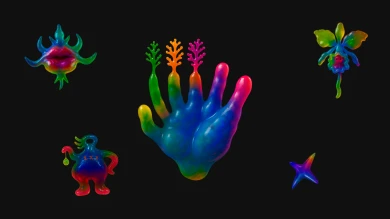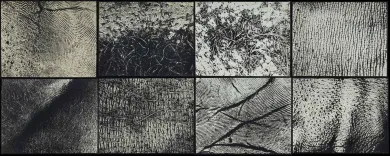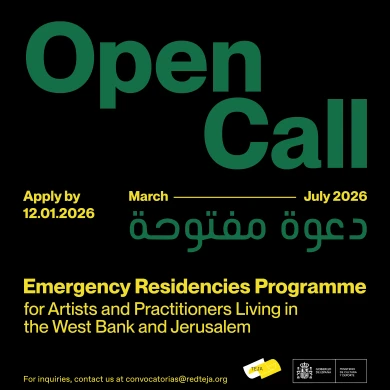Eric Alliez. A professor of Modern Philosophy at the University of Paris 8 and the Centre for Research for Modern European Philosophy at Kingston University London. He is a member of the editorial committee of the journal Multitudes, and the author and editor of a broad range of books and articles which expand upon the thinking of Michel Foucault, Gilles Deleuze and Felix Guattari in the analysis of contemporary capitalism. These include The Guattari Effect (edited with Andrew Goffey, 2011). He is also the co-author, with Maurizio Lazzaratto, of Défaire l’image. De l’art contemporain (2013).
T.J. Clark. Art historian. A professor of Art History at the University of California, Berkeley, from 1988 to 2010, his work, represented in studies such as The Painting of Modern Life: Paris in the Art of Manet and his Followers (1999) and Farewell to an Idea. Episodes from a History of Modernism (1999), sets forth a new social history of art which rethinks a specific historical time-period of bourgeois capitalism and class conflicts, reformulating the figure of the artist, the public, the market and institutions. In 2013 he published Pity and Terror. Picasso’s Path to Guernica.
Dario Gamboni. Professor of Art History at the University of Geneva. He has been guest professor at the Universities of Buenos Aires, Freiburg, Frankfurt, Mexico, New Delhi, São Paulo, Strasburg, Tokyo and Paris, and is the author of the books La destrucción del arte. Iconoclastia y vandalismo desde la Revolución Francesa (2014) and Potential Images: Ambiguity and Indeterminacy in Modern Art (2002), among others. Furthermore, he has curated exhibitions such as Iconoclash and Making Things Public at ZKM (Karlsruhe, 2002 and 2005, respectively) and Une image peut en cacher une autre. Arcimboldo, Dali, Raetz in Grand Palais (Paris, 2009).
Maurizio Lazzaratto. Sociologist and philosopher. He is the author of Por una política menor. Política y acontecimiento en las sociedades del control (2006), La fábrica del hombre endeudado. Ensayo sobre la condición neoliberal (2013) and Signs and Machines: Capitalism and the Production of Subjectivity (2014), among other books. His research has developed concepts such as “immaterial labour” and “cognitive capitalism”, inextricably linked to the study of the present. Moreover, he is the co-author, with Eric Alliez, of Guerres et Capital (2016).
Lucy Lippard. Writer, curator and activist. She is one of the leading voices on the intersections between feminism, contemporary art, activism and politics of place, and the author of Six Years: The Dematerialization of the Art Object from 1966 to 1972 (1972), From the Center. Feminist Essays on Women’s Art (1976), Mixed Blessings: New Art in a Multicultural America (2000) and Undermining: A Wild Ride through Land Use, Politics, and Art in the Changing West (2014). In 2016, her novel I See/You Mean was translated into Spanish. Furthermore, she is one of the founders of the Art Worker’s Coalition (1976) and the feminist collective and magazine Heresies (1976), and has curated the shows Eccentric Abstraction (1969) and the renowned Number Shows (1969-1974).
José-Carlos Mainer. Literary historian. A professor emeritus in Spanish Literature at the University of Zaragoza, he has also performed teaching roles in the Universities of Barcelona, the Autónoma de Barcelona and La Laguna, and has been guest professor at different European and American universities. He is the author of numerous works on authors such as Antonio Machado, Wenceslao Fernández Flórez, Ramón Gómez de la Serna, Francisco Ayala, Luis Martín Santos, Ramón J. Sender, Carmen Martín Gaite and Ernesto Giménez Caballero, to name but a few, and has published over two hundred articles and thirty books, including La Edad de Plata (1902-1939). Ensayo de interpretación de un proceso cultural (1975) and Tramas, libros, nombres. Para entender la literatura española (1944-2000) (2005). His most recent book is Historia mínima de la literatura española (2014).
Juliet Mitchell. Psychoanalyst. A researcher and professor at University College London and professor emerita at the University of Cambridge, where she founded the Centre for Gender Studies. She is a fellow of the British Academy and the International Psychoanalytical Association, and has served as a professor at the Universities of Leeds, Reading, Yale, Cornell and Princeton. She is the author of an ensemble of broadly debated studies translated into more than twenty languages; for instance, Psychoanalysis and feminism (1974), Women: the Longest Revolution. Essays on Feminism, Literature and Psychoanalysis (1984), Mad Men and Medusas. Reclaiming Hysteria (2001) and Siblings: Sex and Violence (2003). She has also combined her academic activity with her own clinical practice.
Chantal Mouffe. Philosopher and political theorist. She is a professor at the Centre for the Study of Democracy at the University of Westminster, and has been guest professor at Harvard, Cornell, the University of California, Princeton, and the Centre National de la Recherche Scientifique in Paris. Between 1989 and 1995 she was director of the College International de Philosophie Programme in Paris, and is the author of a range of noteworthy publications, translated into multiple languages, on the space of democracy linked to the fight for pluralism. Her numerous essays include Hegemony and Socialist Strategy. Towards a Radical Democratic Politics, with Ernesto Laclau (1985), On the Political (2005) and Agonistics. Thinking the World Politically (2014).
Mignon Nixon. Art historian. She is a professor of Contemporary Art at University College London and has taught at the Courtauld Institute of Art, London. She is the author of a broad number of publications on the relationship between contemporary art, feminism, gender, sexuality and psychoanalysis, for instance Fantastic Reality: Louise Bourgeois and a Story of Modern Art (2005) and Sperm Bomb: Art, Feminism, and the American War in Vietnam (in press). Furthermore, she is editor of the magazine October and has coordinated volumes focused on the artists Eva Hesse (2002) and Mary Kelly (2016).
Anne M. Wagner. Art historian. A professor emerita in the Art History department at the University of California, Berkeley, she has performed the role of visiting professor at the Courtauld Institute of Art, London, and was research curator at Tate Britain from 2010 to 2011. Her monographic works include Three Artists (Three Women): Modernism and the Art of Hesse, Krasner, and O’Keefe (1996), Mother Stone: The Vitality of Modern British Sculpture (2005) and recently A House Divided: On Recent American Art (2012). She is also a regular contributor to the publications Art History, Representations, October, London Review of Books and Artforum.
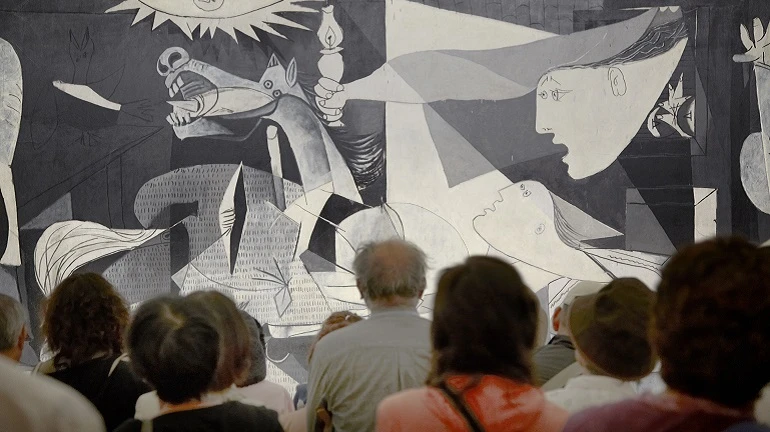

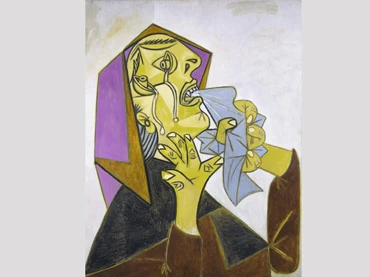
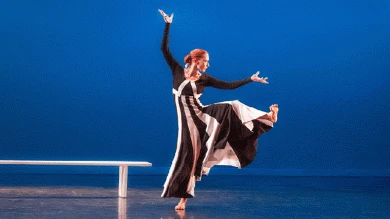
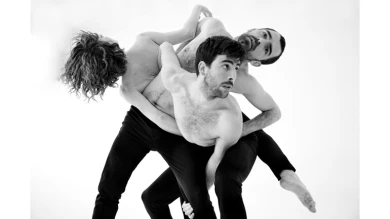
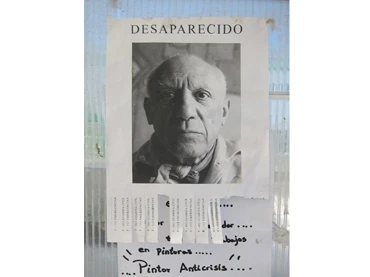

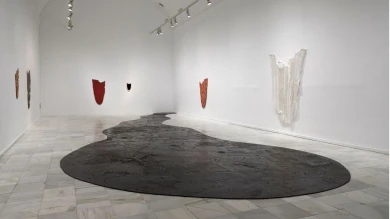
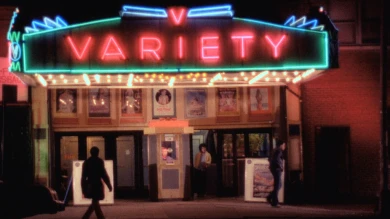
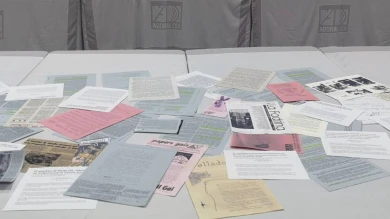
![Miguel Brieva, ilustración de la novela infantil Manuela y los Cakirukos (Reservoir Books, 2022) [izquierda] y Cibeles no conduzcas, 2023 [derecha]. Cortesía del artista](https://recursos.museoreinasofia.es/styles/small_landscape/public/Actividades/ecologias_del_deseo_utopico.jpg.webp)
![Ángel Alonso, Charbon [Carbón], 1964. Museo Reina Sofía](https://recursos.museoreinasofia.es/styles/small_landscape/public/Actividades/perspectivas_ecoambientales.jpg.webp)


